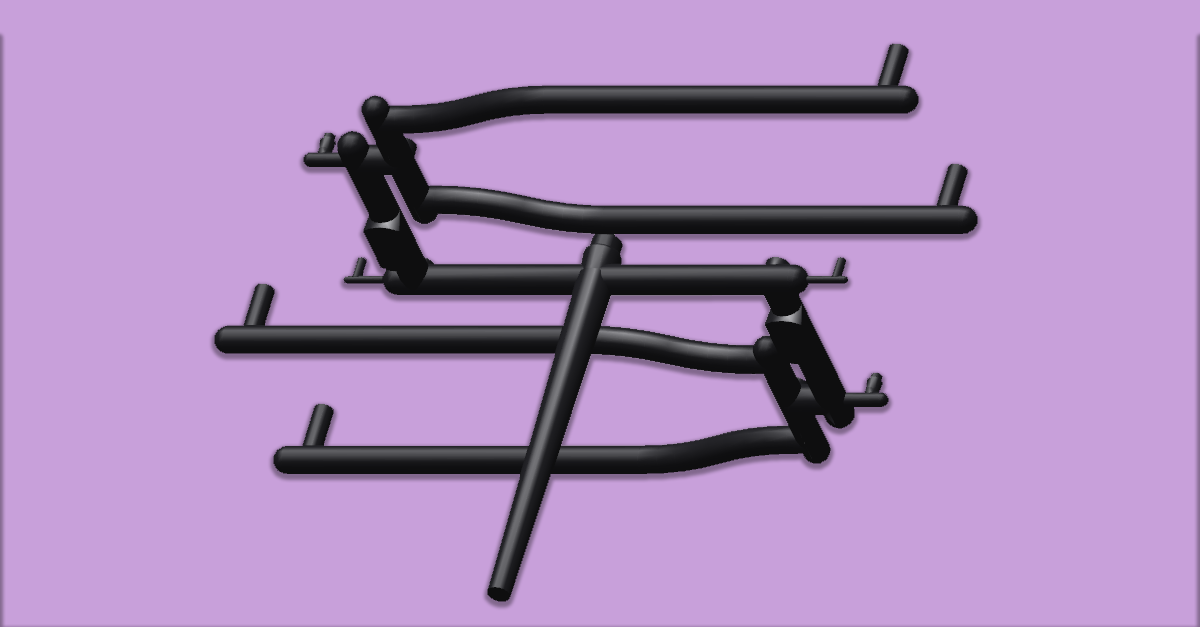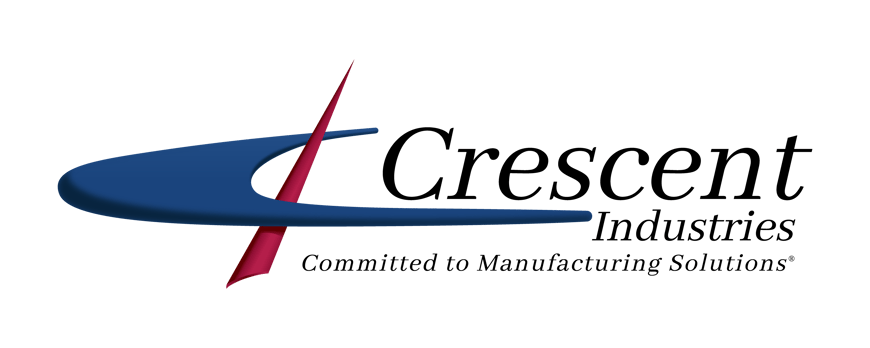
Runner Systems for Plastic Injection Molds
A major part of the versatility of injection molding is the ability to tailor certain aspects of the process to meet the needs of a project. Choosing between a hot runner system and a cold runner system is a prime example of this flexibility. Engineers need to know what each of these different runner systems offer along with the strengths and weaknesses — to meet production requirements.
These two main types of runners used in injection molding serve the same general purpose: to act as a conduit to get the molten plastic material into the mold cavity. There are, however, numerous differences between the two options.
In cold runner molds, the delivery runners are kept at the same temperature as the mold. Thus, the material cools and hardens in the runners along with the material within the cavities. In hot runner molds, the material is kept heated via a hot runner manifold, it is delivered directly from the nozzle into the mold cavity and does not cool and harden between cycles.
We will now examine the implications of these differences, as well as further details about the mold build for each process.
A Guide to the Types of Runners in Injection Molding
Either a hot runner system or a cold runner system are used in plastic injection molding each offering unique properties and benefits. Here, we will look at the specifics of each, to help you make better-informed decisions about the best method for your project.
Mold Design and Operation
- Hot runner molds: These molds have a design, in which a hot runner manifold keeps material heated throughout — and in between — each molding cycle. The plate containing the runners is separate from the mold, and the molten resin is delivered directly via a nozzle into each mold cavity — without separate runners that are attached to the part upon cooling. Runners in this design may be internally or externally heated, with external heating preferable for more heat-sensitive materials.
- Cold runner molds: These molds may have a design where the material is delivered to the mold cavity via a runner and sprue The runner is kept at the same temperature as the mold, meaning that the material in the runners cools and hardens along with each molded piece, these runners must eventually be scraped.
Injection Mold Applications
- Hot runner molds: Ideal for large-scale parts. Also preferable for higher-cost materials, since the hot runner format essentially eliminates scrap.
- Cold runner molds: Ideal for lower-volume production runs, as well as applications where color changes are required throughout the run.
Advantages and Disadvantages
Hot runner mold advantages:
- Low scrap and waste
- More control over injection pressure and temperature
- Faster cycle times due to the lack of runners and removal
- Higher production consistency
- Improved quality with no runners to remove
Hot runner mold disadvantages:
- Higher tooling costs
- Longer lead time for mold fabrication
- Increased maintenance complexity and cost
- Incompatibility with heat-sensitive resins
Cold runner mold advantages
- Much lower tooling costs
- Ability to incorporate automation to reduce cycle times
- Molds are easier to maintain
- Suitable for any material
Cold runner mold disadvantages
- Longer cycle times
- Surface blemishes and imperfections from runner removal
- Higher susceptibility to warping
- Increased material waste if runner material is unable to be reclaimed
Cost Considerations
Building on the advantages and disadvantages described above, we will close with a summary of the cost considerations for each type of mold:
- Hot runner molds require higher upfront costs and are likely to incur higher maintenance costs — but provide advantages in cycle time, production efficiency, and lack of material waste.
- Cold runner molds will cost less to produce and are likely to have lower lifetime maintenance costs, at the expense of longer cycle times and more material waste.
To choose the right process, be sure to consider your project’s application, production volumes, part size, material, required appearance, and timeline — in addition to cost considerations.
Crescent Industries offers a wide range of injection molding services and expertise. We are ready to answer any questions you may have about the types of runners in injection molding, injection molding gate types, and more. Contact Crescent Industries today.
Resources:
https://www.rodongroup.com/blog/injection-molds-101-cold-runner-vs-hot-runner-molds
https://rexplastics.com/plastic-injection-molding/introduction-hot-runner-systems-injection-molding
https://www.midstatemold.com/hot-runners-or-cold-runners-for-your-injection-mold/
https://www.husky.co/EN-US/Custom-Hot-Runners/Split-Sprue-Bar.aspx
https://www.simtec-silicone.com/injection-molding-feeding-systems-hot-runner-molds-vs-cold-runner-molds/
https://www.plastopialtd.com/cold-runner/
https://www.plastopialtd.com/hot-runner/
Topics:
Related Articles
-
Apr 10, 2025
How Are Injection Molds Made for Plastic Manufacturing?
Read MoreDo you have a part design and need an injection mold built? Are you interested in finding a tooling...
-
Sep 06, 2023
What is Plastic Injection Mold Tooling?
Read MoreInjection mold design gives you the ability to create parts with ease. You fill a mold designed to...
-
Nov 16, 2022
Project Management for Injection Molding Means Product Success
Read MoreThere’s a difference between project management and engineering management, and in the field of...

